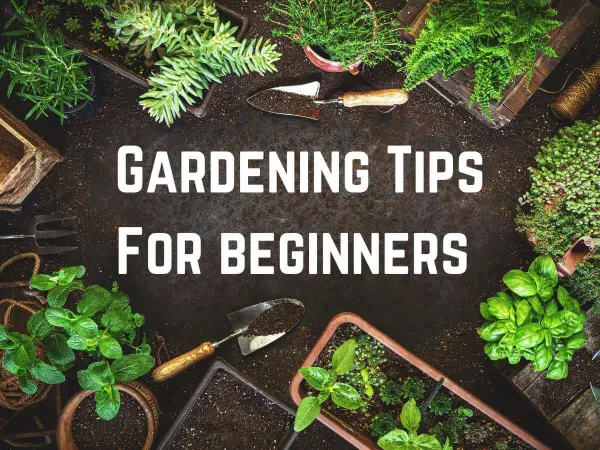Beautiful Plants For Your Interior

Gardening is not only a rewarding hobby but also a way to bring nature closer to your everyday life. Whether you’re new to gardening or an experienced green thumb, knowing the best tips and tricks can make all the difference in growing healthy, thriving plants. In this article, we’ll share essential garden tips and tricks that will help you create a lush, vibrant garden, no matter the space or climate you’re working with.
1. Understand Your Soil
Healthy soil is the foundation of any successful garden. Plants need nutrients, good drainage, and the right pH level to thrive. Before planting, it’s a good idea to test your soil. You can purchase a soil testing kit to measure pH, nitrogen, phosphorus, and potassium levels. Based on the results, you can amend your soil by adding compost, manure, or specific fertilizers to adjust its fertility and texture.
Tip: If your soil is clay-heavy and tends to retain too much water, mix in organic matter such as compost to improve drainage. On the other hand, sandy soil might need additional organic material to retain moisture.
2. Choose the Right Plants for Your Environment
Not all plants are created equal, and not all will thrive in the same environment. Understanding your local climate and selecting plants that are suited for your area is crucial. Choose plants that align with the sunlight, humidity, and temperature of your garden.
Tip: Use a hardiness zone map to determine which plants are best suited for your climate. For example, succulents and cacti thrive in hot, dry climates, while ferns and hostas flourish in cooler, shaded areas.
3. Water Properly
Watering is one of the most important aspects of plant care, but it can be tricky to get right. Too little water can cause plants to wilt, while overwatering can lead to root rot. The key is to water deeply and less frequently, allowing the roots to reach deep into the soil.
Tip: Water your plants early in the morning or late in the evening to reduce evaporation. Avoid watering during the hottest part of the day when the sun is at its peak.
Tip: Use a drip irrigation system to ensure that water goes directly to the base of your plants, which conserves water and reduces the risk of fungal diseases.
4. Improve Drainage
Good drainage is essential for healthy plants, as waterlogged soil can suffocate roots and cause diseases. If your garden doesn’t have naturally well-draining soil, consider building raised beds or using containers with proper drainage holes.
Tip: When planting in containers, always add a layer of gravel or small stones at the bottom before filling with soil to enhance drainage.
5. Mulch to Retain Moisture
Mulching is one of the simplest and most effective ways to keep your garden healthy. A layer of mulch helps retain moisture, suppresses weeds, and improves soil structure over time. Organic mulches, like bark or straw, break down naturally and add nutrients to the soil.
Tip: Apply a 2-3 inch layer of mulch around your plants, but keep the mulch a few inches away from the plant stems to prevent moisture buildup, which could lead to rot.
6. Prune Regularly
Pruning is essential for the health of your plants. Removing dead or diseased branches helps prevent the spread of diseases and encourages new growth. For flowering plants, pruning can also promote more abundant blooms.
Tip: Use sharp, clean pruning shears to avoid damaging your plants. For bushes and shrubs, remove any dead or damaged branches as soon as you notice them. For flowering plants, trim back spent flowers to encourage more blooms.
7. Fertilize with Care
Plants need nutrients to grow, and fertilizing can help replenish those nutrients. However, over-fertilizing can lead to poor growth and can even burn the roots. It’s important to choose the right fertilizer for your plants and use it sparingly.
Tip: Use organic fertilizers like compost or manure to nourish your plants naturally. If you opt for synthetic fertilizers, follow the manufacturer’s instructions carefully to avoid overfeeding your plants.
8. Combat Pests Naturally
Dealing with pests can be one of the most frustrating parts of gardening. While chemical pesticides are available, they can harm beneficial insects and pollinators. Instead, try natural pest control methods, which are safer for both your plants and the environment.
Tip: Introduce beneficial insects like ladybugs or lacewings, which eat aphids and other pests. You can also use neem oil or insecticidal soap to control pests without chemicals.
Tip: Companion planting is another way to deter pests. For example, planting marigolds near tomatoes can help keep aphids away.
